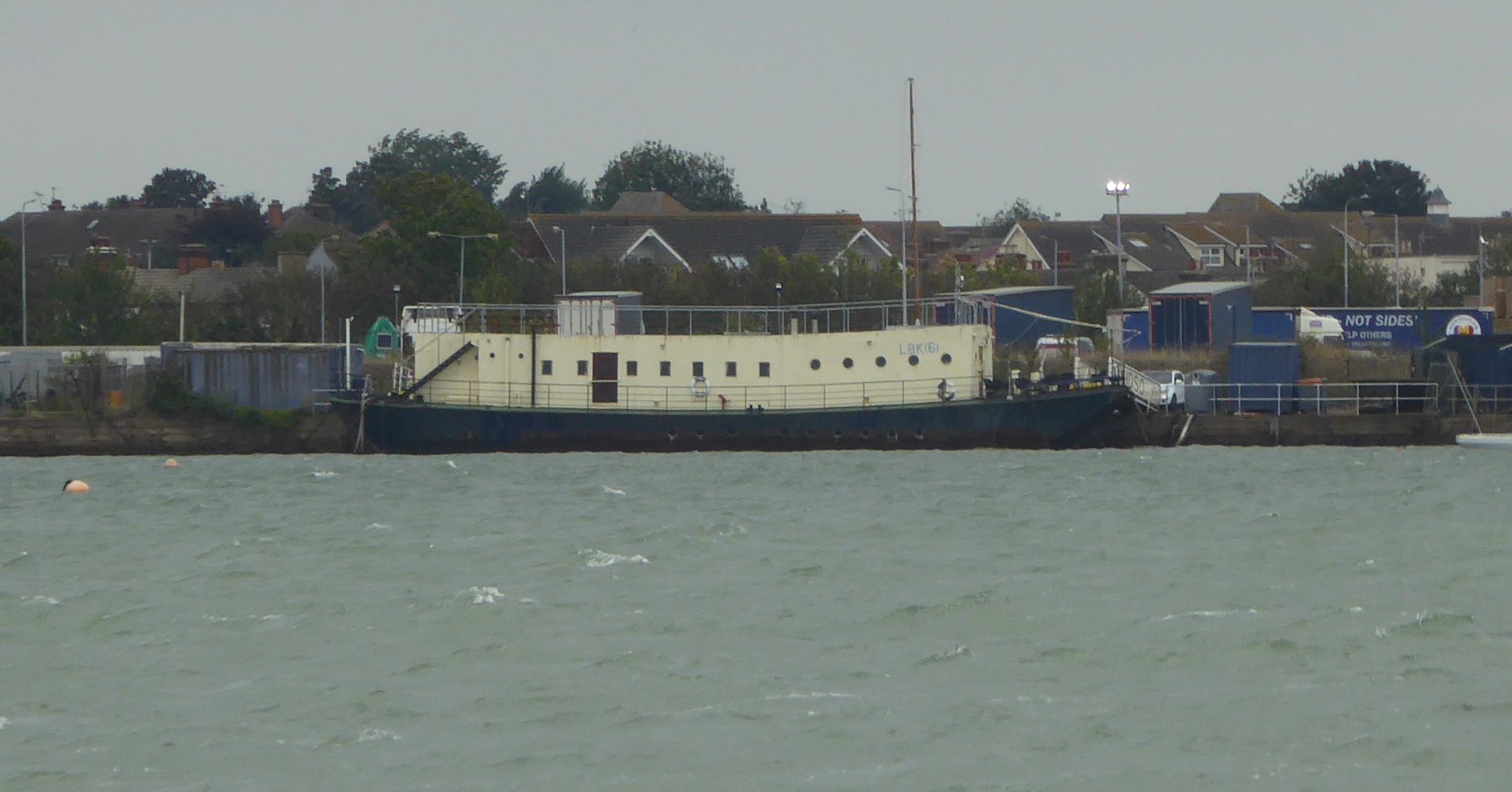The fighting men who landed on D-Day needed to be fed so ten Landing Barge Kitchen (LBK) were built for the task. These were adapted from steel Thames Lighters by fitting two petrol engines and building the kitchen on the lighter.
Crossing from Langstone Harbour to Sword Beach on D-Day, with the 35th LB Flotilla, was perilous as, being flat bottom river craft with a heavy superstructure, they were highly unsuitable for the channel.
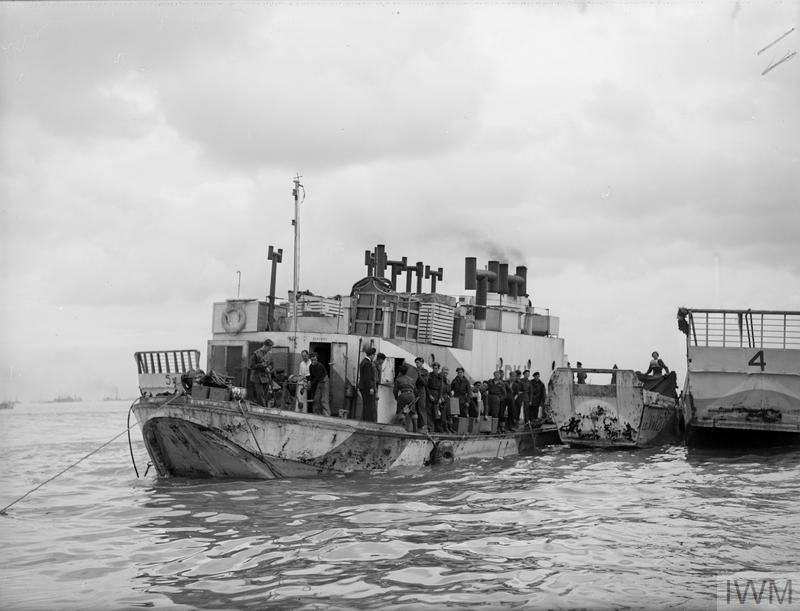
Once in position on Normandy’s SWORD beach displaying a ‘FOOD’ sign, the kitchen could feed nine hundred men for a week with 1600 hot and 900 cold meals. For at least the first day the kitchen, and its complement of twenty-four crew, would have been under enemy fire.
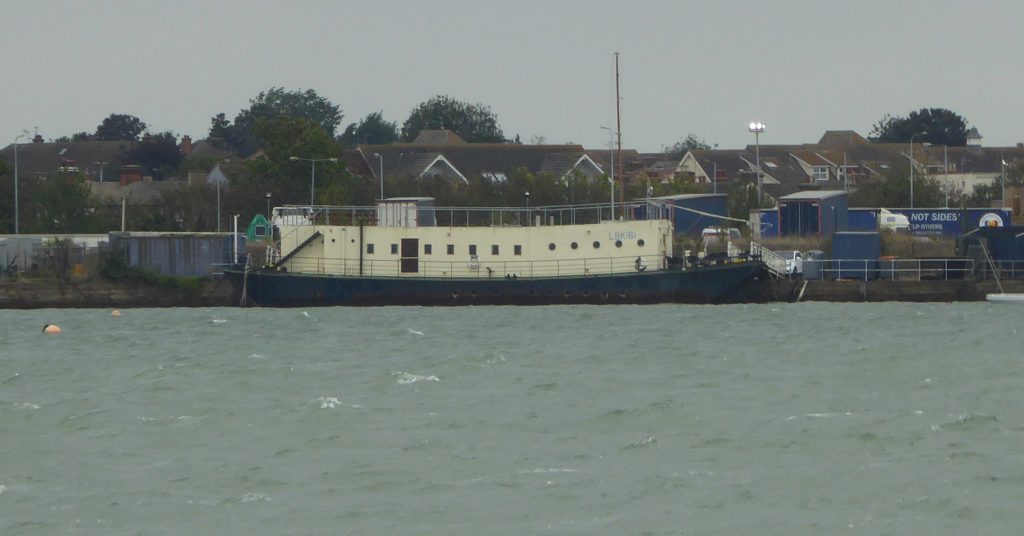
These craft were expected to have a short life once the initial task was complete. However, LBK6 had a long career serving meals in naval dockyards until, in 2007, she was purchased and towed to the present site by Harwich & Dovercourt Sailing Club.
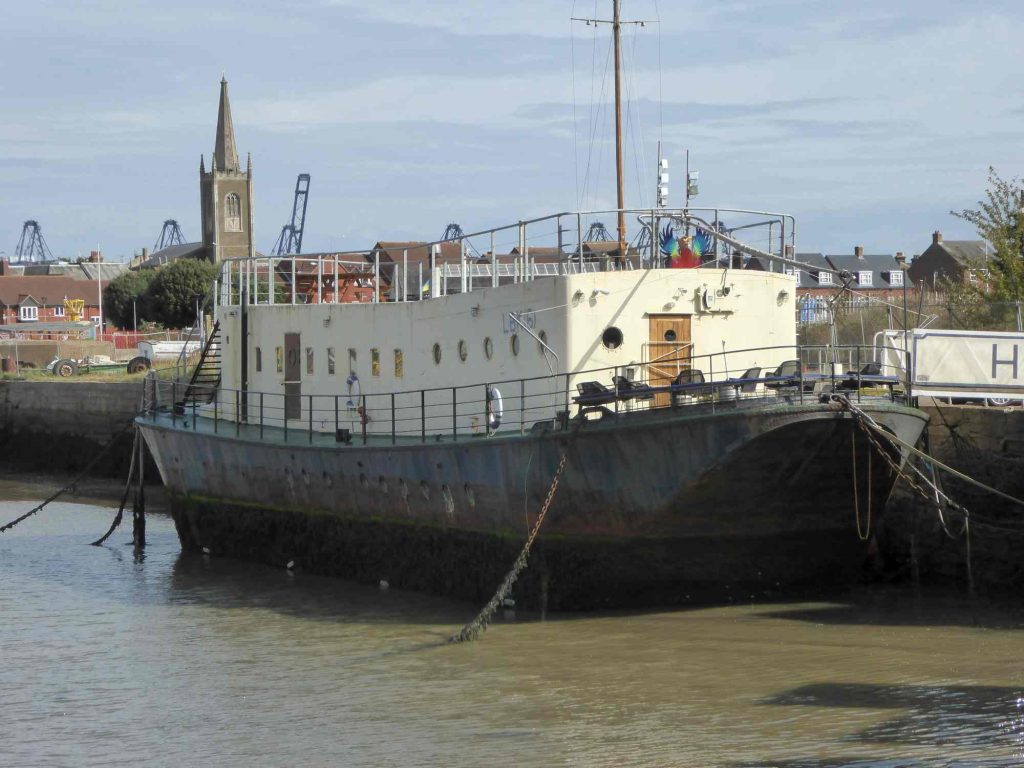

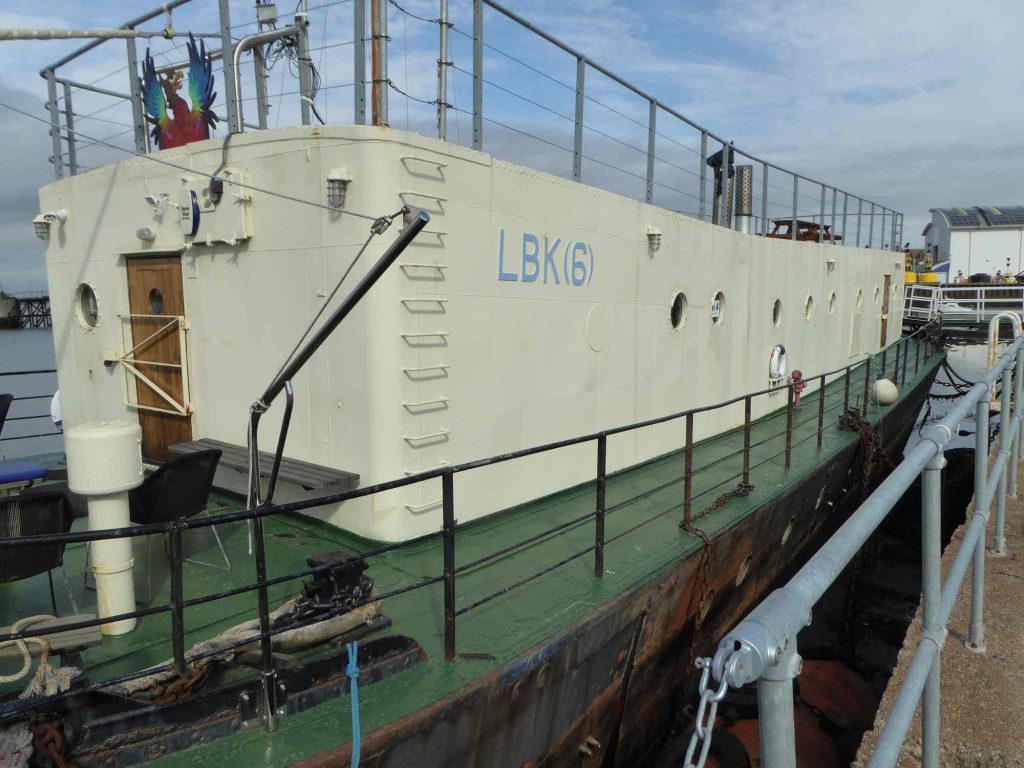
The strong association of Harwich with the Royal Navy during the First and Second World War makes the site appropriate. LBK6 now serves as the clubhouse and is believed to be the only surviving example of the type: it serves as a memorial to the men who served in these craft.
The old Clubhouse was a Ferro Concrete Lighter which now forms the adjacent breakwater.
Sources
About LBK6 | Harwich & Dovercourt Sailing Club (hdsc.org.uk)
The history behind LBK6 | Harwich & Dovercourt Sailing Club (hdsc.org.uk)
WW2 Landing Barge Kitchen 6 – LBK 6 (combinedops.com) Specific history of LBK6.
From “The War Illustrated” Vol 8, No.188, September 1 1944. Excellent history.
The LST and Landing Craft Association archive – The D-Day Story, Portsmouth (theddaystory.com)
